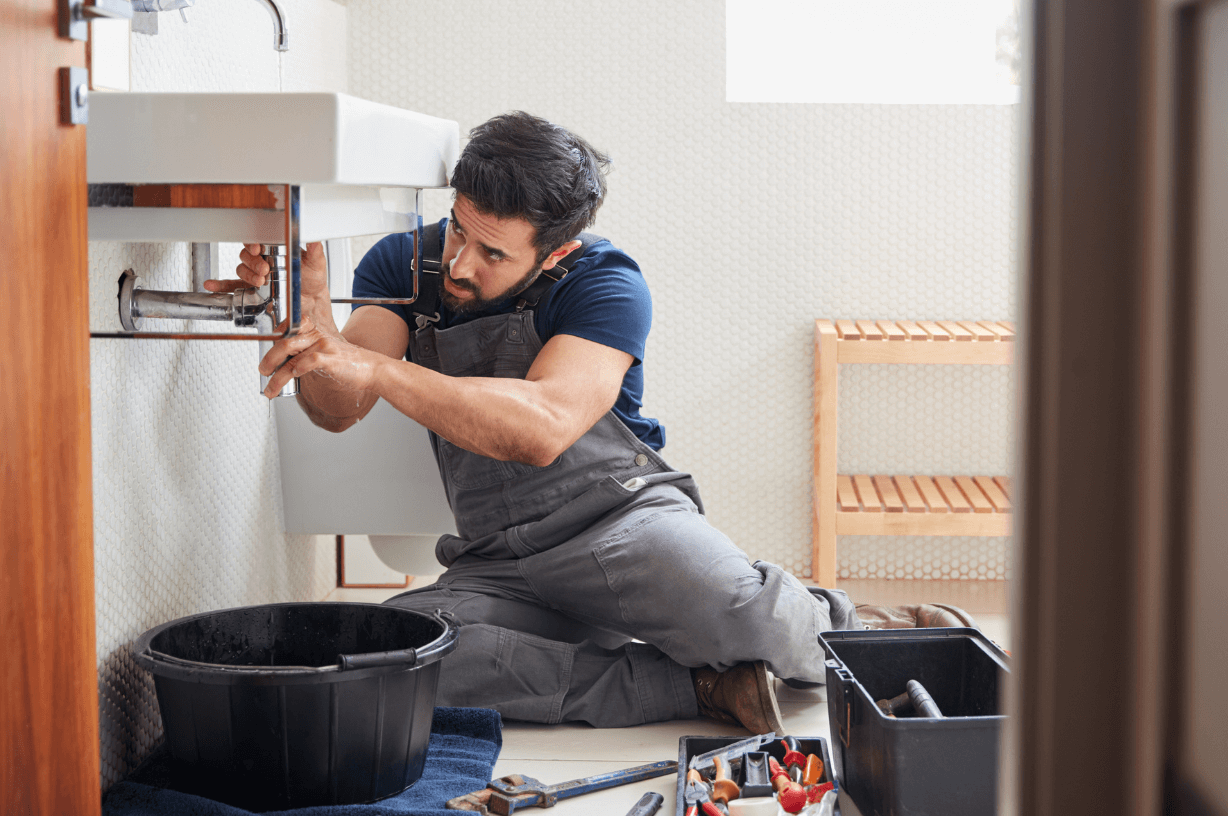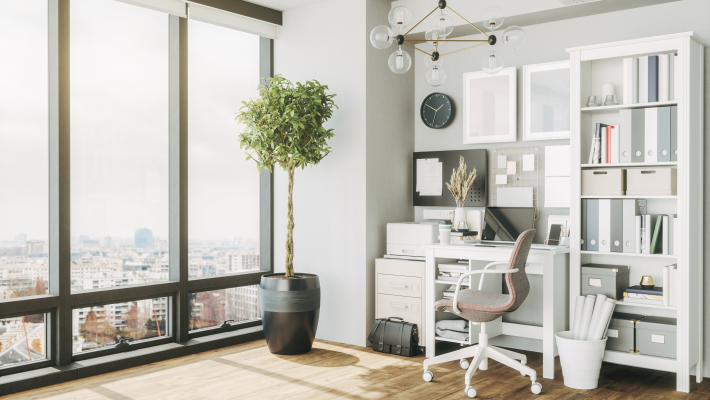So, you bought a fixer-upper. Now what?
With interest rates rising and a housing market that’s still pretty tight, homebuyers everywhere are looking for ways to stretch their buying power a little further and get more “home for the dollar.” That includes buying “fixer-uppers” that need a little love – so, you’re far from alone.
That doesn’t mean, however, that once the excitement of actually sealing the deal and taking possession of the keys wears off that you won’t feel a little bit overwhelmed by everything that needs to be done. Luckily, we’ve got some tips that can help you prioritize the fixes and keep you on budget.
Tackle the Key Structural Features First
You got a home inspection before you bought the home, and now you can use the inspector’s report to help decide which repairs or renovations need to be prioritized.
Typically, these are safety or structural issues and necessary upgrades. They won’t be particularly exciting to see, but they will help to create the foundation for more interesting renovations to come.
In practical terms, this means making repairs or renovations to the:
- Roof: If the roof above your head has seen better days, this is one of the top priorities for your renovation dollars. Without a good roof, your home is exposed to all kinds of damage from water, weather and rodents.
- Electrical system: Old houses often have outdated electrical boxes, questionable wiring repair jobs and outdated outlets that aren’t grounded. You may also need to add wiring that will support distinctly modern home upgrades, like USB outlets throughout the house and an electric car charging port in the garage.
- Plumbing: Depending on the age of your house, you could need just a few repairs or you may need a major overhaul. Sometimes, the plumbing issues extend all the way to the sewer line, so this can be a very big (but necessary) repair.
- Heating and cooling: How is the health of the furnace and the central air conditioning unit? Do you even have a central air conditioning unit? Since climate control is essential to your health and comfort, this is another issue that’s high on the list.
- Windows: Your windows may seem perfectly serviceable to you right now – and they could last you for a few more years. However, outdated windows also tend to leak air, which means they’re not energy-efficient. That’s bad for both the environment and your wallet in the long run.
- Doors: These are relatively inexpensive (although that doesn’t mean “cheap”) repairs that can be made fairly quickly – and the right new doors can give you both added safety and curb appeal. It may be worth investing a little extra today into steel doors or doors that have the decorative touches you want so that you don’t want to just replace them again in a year or two.
Exactly what you may have to do will depend a lot on how much “fixing” your fixer-upper actually needs. A home that hasn’t seen any updates or major repairs since the 1980s, for example, is probably going to need more structural work than a bank-owned property that was merely sitting unoccupied for a couple of years.
Move On to the Key Transformative Features
Now, this is the part that tends to be the most exciting for homeowners because this is where you get to transform a mere dwelling into your dream home. As soon as you’ve addressed key safety and structural issues, you can start funneling your energy (and renovation dollars) into the home’s aesthetics.
For most fixer-uppers, that means taking a hard look at what you dislike the most about your new home and balancing that against what’s easiest to change. Here are some suggestions:
- Ceilings: Popcorn ceilings and acoustic tiles are like the ghosts of homeowners past coming back to haunt you. Whether you tackle all the ceilings at once (before you move in) or make it a room-by-room project, this is a quick way to improve the look of your whole home.
- Floors: What’s under your feet is just as important as what’s over your head, so this is another good job to tackle early. Fixing the floors may be as simple as refinishing the hardwood that’s gotten a little scuffed and worn over the years – or you may need to rip everything out of some rooms and start over with luxury vinyl or bamboo planks.
- Paint: When you want to quickly put your personal stamp on your new home, pick up a paint brush and tackle the walls. You can change the entire feel of your home by ditching the prior owner’s color scheme and going for an updated, modern blush or a soothing gray.
- Exterior areas: The odds are high that your home’s exterior has been as neglected as its interior, but you can start boosting your curb appeal almost immediately with a little effort. Pull out overgrown plants and clean up the yard, add grass or stone where it might be needed and get the trim on the house repainted.
As soon as possible, you want to turn your attention to the two major areas where both usefulness and aesthetics combine: your kitchen and your bathroom. Kitchens are notoriously expensive to upgrade, so it’s okay if you can’t get to this right away. Bathrooms are also pricey, but most of the cost is in materials. You can reduce your expenses by sourcing your materials through warehouses and sales at big-box stores over time.
Now that you’re finally in your home, don’t let anxiety about the work ahead leave you daunted. Much of the work (especially cosmetic fixes) can be done over time and by your own hands. For jobs that are too big to handle on your own, there’s plenty of professional help available.
amanda.phillips@talktotucker.combill.ingram@talktotucker.combrad.layton@talktotucker.comeditors-pickerina.pribyshchuk@talktotucker.comfeaturedlloyd.zimmerman@talktotucker.commark.callahan@talktotucker.commary.layton@talktotucker.compriscila.hale@talktotucker.comterri.mcgraw@talktotucker.com



